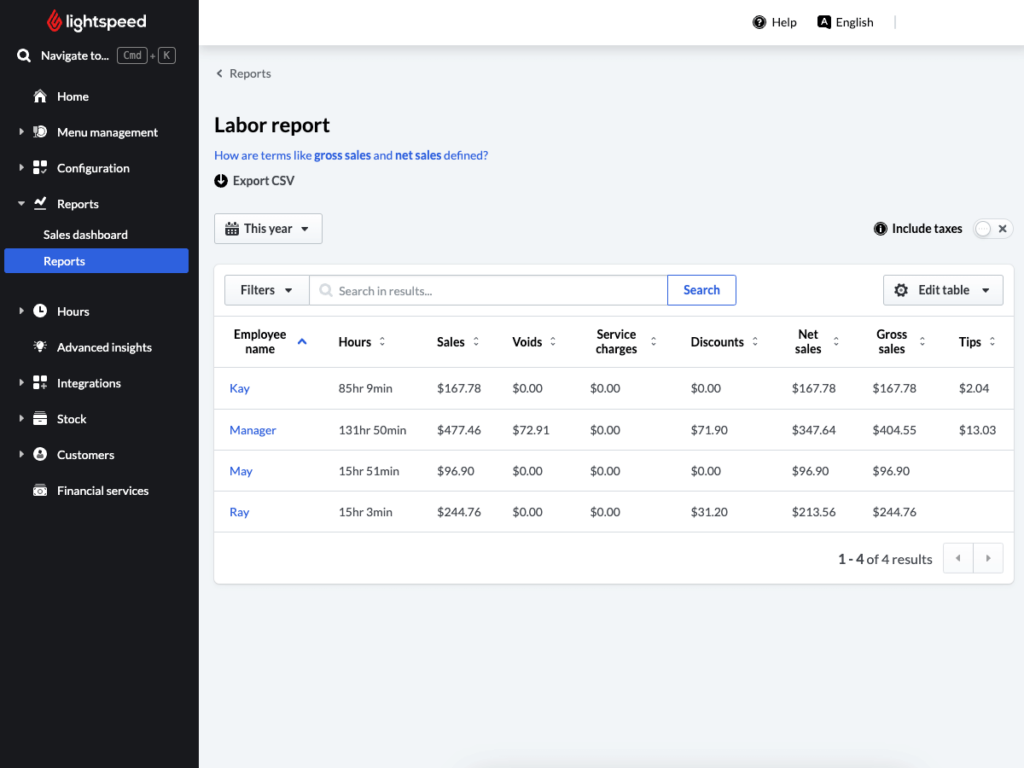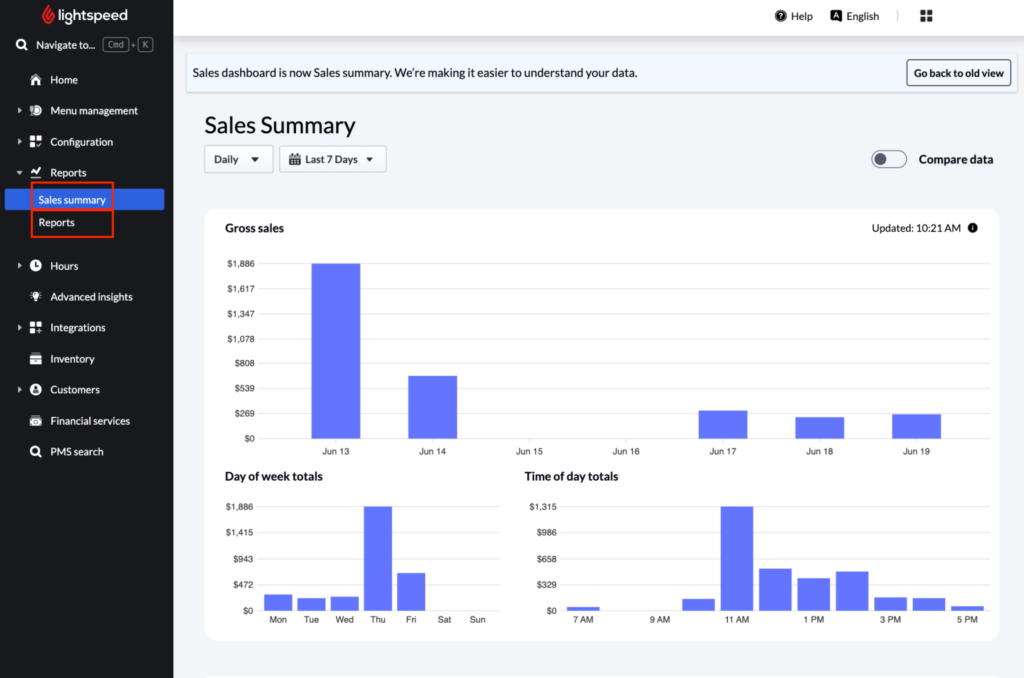3 Restaurant Key Reports to Drive Operational Excellence
Harnessing the Power of Restaurant Data using Key Reports
In the evolving landscape of the restaurant industry, data-driven insights have become indispensable for optimizing operations. Comprehensive restaurant reporting provides managers and operators with actionable information that can propel their business to greater heights.
From pinpointing best-selling menu items to identifying employee performance trends, reports are a valuable tool for gaining clarity. While the breadth of data available may seem daunting, it also represents an incredible opportunity. By mastering the fundamentals of restaurant reporting, businesses can unlock new avenues for efficiency and growth.
This blog delves into:
- The advantages of restaurant performance reports
- Three critical reporting tools every establishment needs
- Extending insights through market benchmarking
Why Reporting is Essential in Restaurants
For many, terms like “KPIs” and “metrics” may evoke a sense of complexity, but modern technology has made reporting more accessible than ever. Today’s tools allow restaurant operators to move away from manually constructed spreadsheets and cumbersome pivot tables, offering automated solutions that save valuable time.
Moreover, these platforms enable real-time, personalized reporting that aligns with the unique needs of each business. Whether you want to review data hourly, daily, or monthly, the flexibility provided empowers you to manage performance with precision.
Three Fundamental Reports for Restaurant Success
To streamline operations and boost profitability, the following reports are essential. If you’re not already leveraging them, integrating these tools into your workflow could significantly enhance your business operations.
- Labor Performance Reports
Your team is the cornerstone of your success, and labor reports provide a clear understanding of individual contributions and overall staff efficiency. These reports track essential metrics like hours worked, tips earned, sales generated, and adjustments made (e.g., voids or discounts).
- For example, such reports can reveal inefficiencies, such as excessive overtime hours, unusual patterns in voids or discounts, or breaches of company policies like unauthorized service charges. They also help identify high-performing employees who may deserve increased responsibilities or recognition. Integrating labor scheduling tools with your POS system ensures seamless oversight and effective workforce management.

- Sales Analysis Reports
Sales reports are indispensable for understanding financial performance and customer preferences. These tools capture data on net and gross sales, profit margins, product performance, and time-specific trends, enabling better decision-making.
- For instance, these reports can highlight underperforming menu items, identify peak revenue periods, and uncover operational pain points like slow table turn times. Platforms such as Lightspeed Restaurant consolidate sales KPIs into an easy-to-navigate dashboard, empowering you to adapt quickly to changing market demands.

- Inventory Management Reports
Given that food costs are one of the largest expenditures for restaurants, effective inventory control is crucial. Inventory reports streamline the process of tracking stock levels, forecasting demand, and reducing waste.
- With accurate reporting, restaurant operators can avoid overstocking perishable items, minimize losses, and maintain a healthy bottom line. These tools ensure you have sufficient inventory to meet customer demand while keeping costs in check.
The Role of Benchmarking in Competitive Strategy
While understanding your internal operations is essential, gaining insight into your market position is equally important. As competition intensifies, costs rise, and consumer preferences evolve, benchmarking can provide a strategic advantage.
The Need for Benchmarking:
- Heightened Competition: Nearly half of restaurant operators anticipate increased competition this year.
- Escalating Costs: Higher food and labor expenses are challenging profitability, with many establishments struggling to remain financially viable.
- Changing Consumer Expectations: Diners now demand highly personalized experiences tailored to their preferences.
Leveraging Benchmarking Software
Traditional competitor analysis methods—such as mystery shopping—can be resource-intensive and time-consuming. Benchmarking tools, like Lightspeed’s Benchmarks & Trends, simplify this process by offering anonymized comparative data from similar establishments in your region.
Key Benefits of Benchmarking Tools:
- Compare your performance with competitors in your local market.
- Identify emerging trends and capitalize on new opportunities.
- Address service gaps to enhance guest satisfaction.
- Validate market demand before implementing costly initiatives.
Optimizing Operations with Data-Driven Insights Key Reports
While the challenges of running a restaurant are unlikely to disappear, leveraging modern tools can make operations smarter and more efficient. By incorporating labor, sales, and inventory reports, alongside competitive benchmarking, restaurant operators can make informed decisions that enhance overall performance.
Partnering with the right technology provider ensures your data works for you, enabling you to focus on what matters most: delivering exceptional experiences for your staff, guests, and community.
Talk to one of our experts today to find out how Lightspeed supported by IpadPOS Middle East can help.

